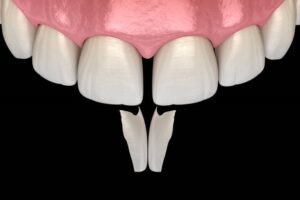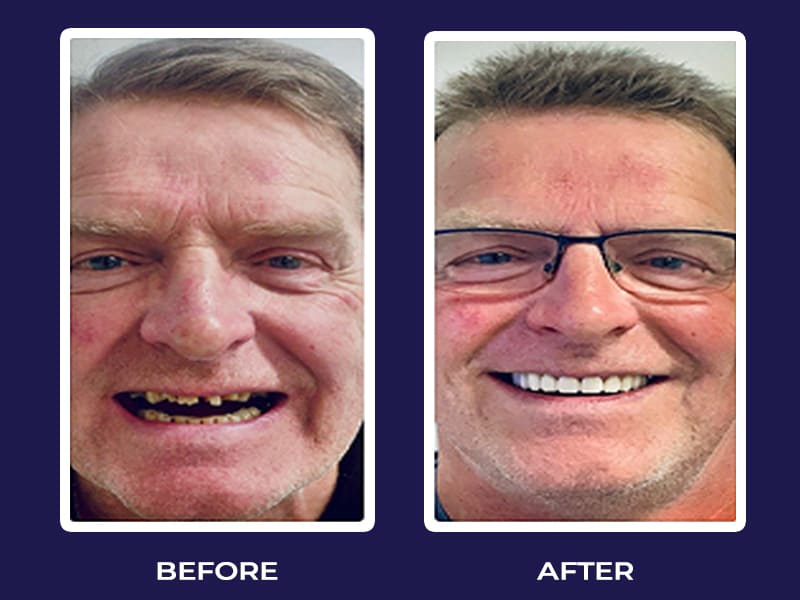
Composite Bonding: The Art of Smile Transformation
November 29, 2023
Composite bonding is a remarkable cosmetic dentistry procedure that can work wonders in restoring the beauty and symmetry of your smile. In this blog, brought to you by Smile Circle, we’ll delve into the details of how composite bonding is placed, its benefits, drawbacks, and essential aftercare. If you’re searching for “composite bonding near me” or need a trusted dentist in Bournemouth or Poole, read on to learn more.
Composite Bonding: The Process
Consultation: Your journey begins with a consultation with a skilled cosmetic dentist who will assess your dental concerns and discuss your desired outcomes.
Colour Matching: During the consultation, the dentist will select a composite resin material that matches the colour of your natural teeth, ensuring a seamless blend.
Preparation: In most cases, minimal preparation is required. The dentist will roughen the tooth’s surface slightly and apply a conditioning liquid to promote bonding.
Application: The composite resin is applied in layers and meticulously sculpted to reshape the tooth or address specific issues like uneven tooth edges or gaps.
Curing: Each layer is hardened with a special curing light, ensuring it becomes sturdy and resilient.
Final Touches: After the composite is cured, the dentist will further shape and polish it to achieve a natural appearance that seamlessly blends with your smile.
Benefits of Composite Bonding
1. Natural Appearance: Composite bonding provides a natural-looking result, as the material can be precisely matched to your tooth’s colour and texture.
2. Minimally Invasive: Unlike some other cosmetic procedures, composite bonding typically requires minimal alteration of your natural teeth.
3. Quick and Convenient: The entire process can often be completed in a single visit, delivering immediate results.
4. Cost-Effective: Composite bonding is a cost-effective alternative to procedures like veneers, making it accessible to many patients.
5. Versatile: It can be used to address a range of issues, from filling small cavities to correcting minor cosmetic imperfections.

Drawbacks to Consider
1. Staining: Composite bonding may be susceptible to staining from certain foods and beverages, so maintaining good oral hygiene and regular dental check-ups is essential.
2. Durability: While durable, composite bonding may not be as long-lasting as other options like veneers or crowns. Expect it to last 2-7 years with proper care.
Aftercare Tips
1. Maintain Good Oral Hygiene: Brush and floss regularly to prevent staining and maintain the appearance of your bonded teeth.
2. Avoid Staining Agents: Minimise consumption of foods and drinks known to stain teeth, such as coffee, tea, and red wine.
3. Regular Dental Visits: Schedule regular check-ups with your dentist to monitor the condition of your bonded teeth and address any issues promptly.
4. Wear a Nightguard (if recommended): If you tend to grind your teeth at night, a nightguard may be recommended to protect your bonded teeth from excessive wear.
5. Quit Smoking: Smoking can cause staining and affect the longevity of your composite bonding.
Composite bonding is a fantastic option for enhancing your smile, whether you want to address uneven tooth edges, close gaps, or restore damaged teeth. With a skilled dentist near you, you can achieve stunning before-and-after results. If you’re in Bournemouth, Poole, or anywhere else, Smile Circle can help you find the best dentist to perform composite bonding. Remember to follow proper aftercare and enjoy the benefits of your beautiful, rejuvenated smile for years to come.
Check out our recommended dentists by clicking here.
Here Are Some Relevant Pieces You Can Read About Composite Bonding
- Benefits Of Composite Bonding And After Care Tips
- What Is Cosmetic Dentistry And Why Do We Need It
- your invisalign faqs answered
- what composite bonding can and cant treat 2
- what composite bonding can and cant treat
- benefits of composite bonding and after care tips
- how dental bonding can improve your smile
- porcelain veneers vs composite veneers

 Head Office - UK - Unit 1 B 132 Weyhill Road, Andover, Hampshire England, SP10 2PR.
Head Office - UK - Unit 1 B 132 Weyhill Road, Andover, Hampshire England, SP10 2PR. 









